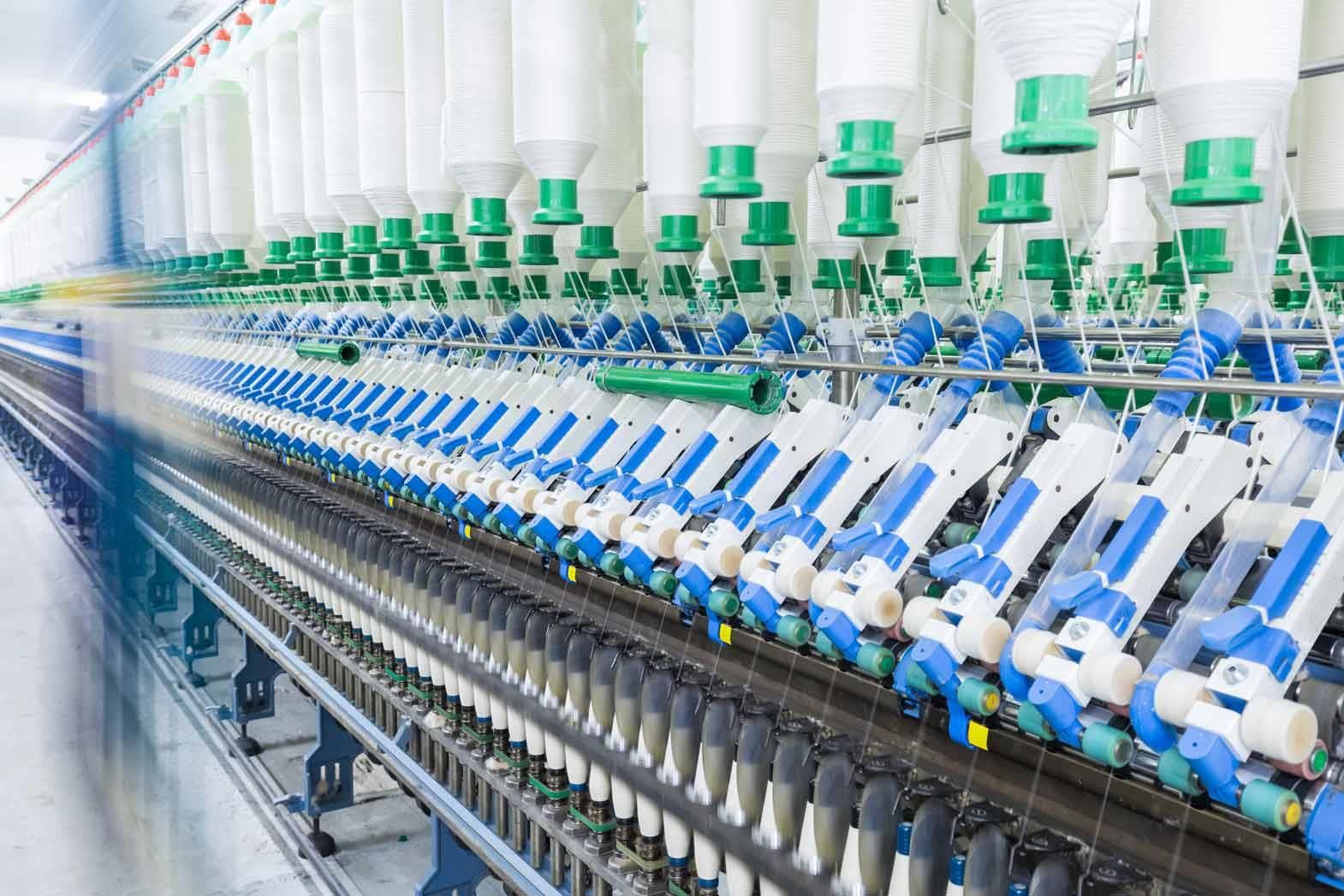According to the Texmedin report "The textile and clothing sector in Europe," the TCL industry (TCL standing for textiles, clothes, leather, leather products, and footwear) in the current 28 EU member states has faced challenges including "slowly growing demand, low productivity, and strong international competition" in recent decades. It lost one third of both production volume and jobs within a ten-year period from 1996, with continuously rising import shares from low-cost countries, especially China.
Apparel production in Europe has been characterized by a strategy of dividing orders into specialized production in high-wage countries such as Germany, the UK, Italy, and France, and mass production in low-wage countries like Portugal, Greece, Romania, and Bulgaria. However, this division has come with its own set of problems, including non-compliance with basic social standards set by the International Labour Organization (ILO) such as no forced labor, no discrimination, no child labor, freedom of association for workers, fair wages, regular working hours, humane working conditions, and regular employment.
One of the significant issues in Eastern Europe has been related to wages, working hours, and occupational health and safety. In Turkey, freedom of association for workers is another serious concern. Even within Germany and the broader EU, minimum wages are not universally guaranteed.
The curse of the 3-euro-t-shirt
Rather than being industry-specific, the problem seems to lie where dumping prices come in. When apparel is highly discounted or offered in the market at cut-throat prices to beat the competition, it is a given that it has to be produced where the lowest margins are possible - be that in Asia or in low-cost areas at home. The outcome is the same - workers pay the price with their health and safety as the fulfillment ofthose standards remains a "nice to have" and is thus not very likely.
Rolf Heimann, head of corporate responsibility at German fashion company Hess Natur explains why a fair produced T-shirt can't be sold for three euros. "From the cotton plant on the field via spinning, knitting, dyeing, tailoring, trading and then paying 19 percent value added tax - that's just not possible," he says.
Cheap is not chic
Reason enough for consumers, brands and retailers to do a bit of soul searching. Is cheap really better? Does value for money really mean at the lowest price possible? Will customers buy according to price only? Would they be mature enough to spend a few euros more if they knew that they were invested wisely? Namely in long-term measures like worker and factory safety and the overall well-being of those at the bottom end of the supply chain?
Though questions like these are here to stay as there is no quick and easy solution, they get the ball rolling and will hopefully lead to lasting change, not least in the attitudes of everyone concerned.
This article was originally published in the August issue of the magazine, ' The Stitch Times.'








Comments